Your transition classes are supposed to prepare you for civilian work, which includes dressing appropriately. In fact, you may be told to attend class not in uniform but in “professional attire,” which means a suit and tie. Today’s workplace is often somewhat casual, although certainly not to the point of jeans and a T-shirt. Here’s how to successfully and professionally walk the line between a business suit and weekend wear.
1. Certain professional events require more formal attire.
Number one on the list of occasions that require a suit and tie? The job interview. There are no exceptions, unless your recruiter specifically tells you not to wear a suit, which could happen if part of your interview is walking through a factory or something similar.
There are also client visits, company parties (like during the holidays) and exhibition events (such as trade shows) that will require you to dress more formally. You might not need the full suit and tie, but you should wear creased slacks, a collared dress shirt — sometimes called a “button-down” shirt — and nice leather shoes. Part of making a good impression is knowing when to dress up, so pay attention to those out-of-the-ordinary events. You might not actually generate positive impressions by dressing correctly, but you’ll certainly avoid the negative impression of embarrassing your boss or co-workers. (Read: 15 Things Troops Should Understand When Transitioning to Civilian Life)
2. “Professional” usually requires a collar, and pants that are not jeans.
Depending on your branch of service, you may have already encountered this clumsy rule for “liberty attire.” Even if you haven’t, this is a good rule to follow because it will prevent you from looking sloppy, which is much harder to forgive than simply being underdressed. There are a few additional guidelines:
- A collared shirt could include a “polo” shirt or a dress shirt. Generally, long sleeves are more formal than short, and a “polo” style shirt is less formal than a button-down shirt.
- White or light blue shirts are considered the most dressy. Bright or pastel colors — greens, pinks, yellows and oranges — are the least dressy (and may send the signal that you’re about to play a round of golf).
- Bright colored pants are less formal than dark. Black pants are dressiest; navy or gray pants are dressy enough to be appropriate in nearly all business situations; light-colored pants are least dressy (and may also contribute to the golf look).
- Wear a belt which has the same color scheme as your shoes: brown belt for brown shoes, black belt for black shoes.
- Wear leather shoes of a single color. They needn’t be dress shoes, but they shouldn’t look even remotely like sneakers or you will look like a high-schooler getting ready for his first semi-formal dance.
3. Work clothes follow the same rules.
If you aren’t working in an office or traveling between offices, then dressy or formal clothes aren’t appropriate. If you work in technical service, construction, or manufacturing you will probably be required to wear steel-toed boots, work clothes, and possibly additional protective equipment. In this environment it’s most professional to follow the same rules: collared work shirt, khaki canvas work pants and leather steel-toed boots, if you can. When the heat is extreme, as in road construction or metal-casting, it’s acceptable to strip down to a T-shirt or tank top.
4. T-shirts, jeans and shorts are rarely appropriate.
Many veterans have two basic wardrobe items: uniforms and liberty clothes. And concerning the liberty clothes, they tend to get less formal as time in service drags on. Unfortunately your jeans, cargo shorts and print T-shirts aren’t professional and aren’t appropriate even on casual Fridays. And the “nice” V-neck T-shirts and designer jeans you wear to the club on weekends? Also not professionally appropriate. The only place where this is not true is in the tech industry on the West Coast — and even if you end up going there, I’d hold off on the extra-casual wear until you’ve been at work a few days and can gauge what’s acceptable.
5. Dressing professionally does not have to cost a lot of money.
Many veterans think they have to go to high-end retailers to get collared shirts and slacks. But unless you are working in some financial district, or in the head office of a large corporation, you won’t need anything really formal except your interview suit and maybe one more really formal outfit. Warehouse or box stores (think Walmart and Target) have inexpensive work clothes from basic cotton pants and collared shirts to dress slacks and dress shirts. Remember that the goal is to look professional, not like a fashion plate. When you do dress professionally — even in today’s more casual workplace — you’ll find it’s not your clothes but your work that gets the attention.
READ NEXT: Using Humor in the Civilian Workplace




